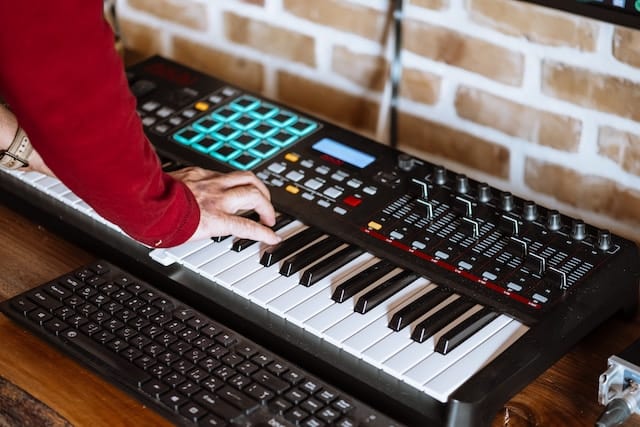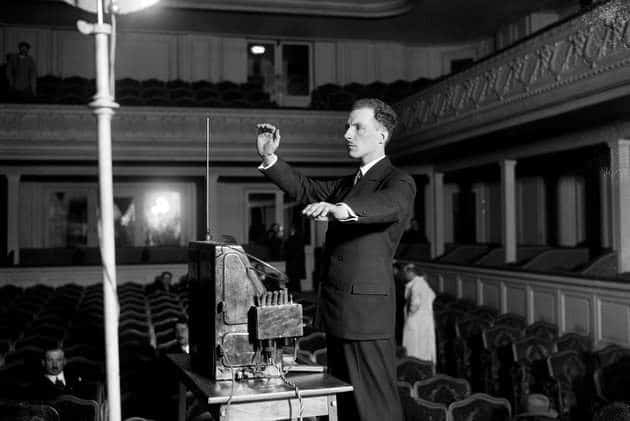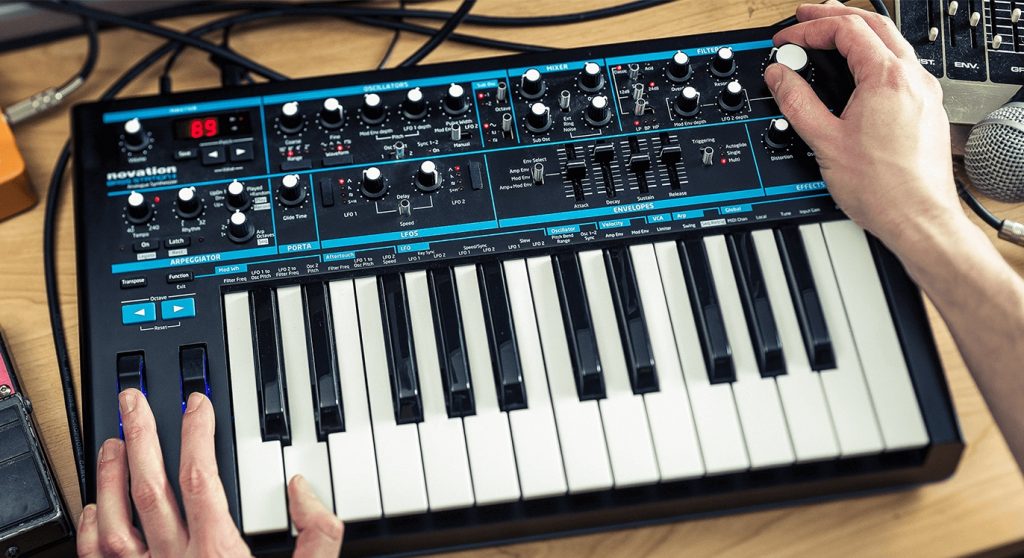How to pick the best synthesizer for beginners
Are you ready to discover which factors are crucial in choosing a synthesizer for beginners? The experts suggest the most important thing is signal type, but you also need to think about keyboard specifics. Some users might appreciate multi-touch controls and the ability to play multiple notes at a time. However, the crucial thing about synths for beginners is that they are user-friendly and easy to use. Integrated oscillators and sequencers can improve sound quality and allow you additional options when creating sounds. We selected the main features that beginners should consider and listed them below.
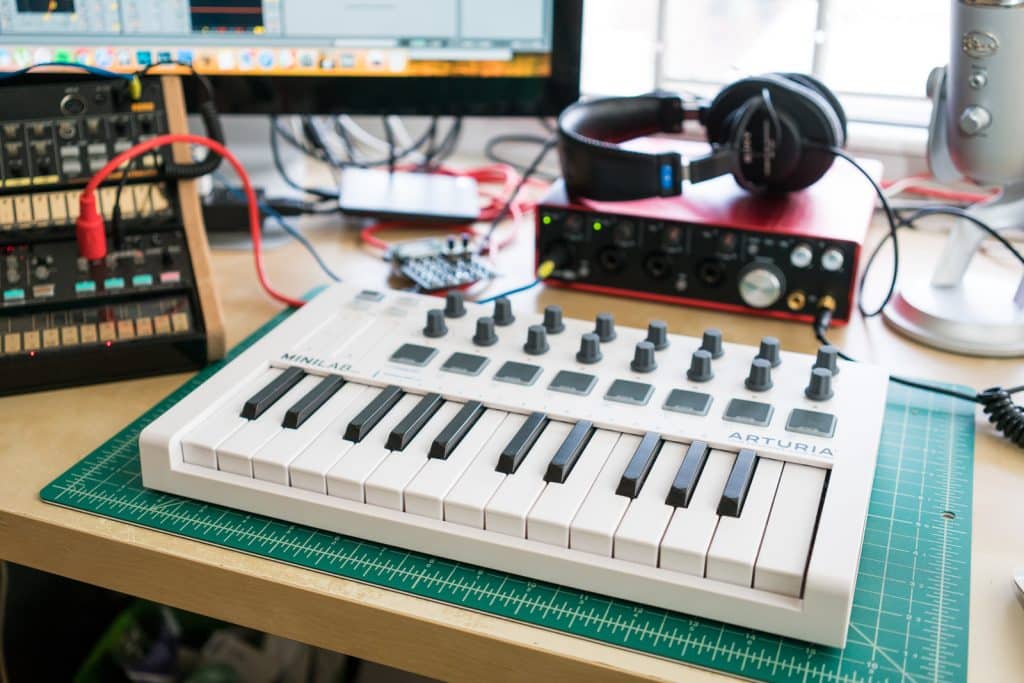 Analog vs. digital
Analog vs. digital
The first feature we are going to discuss is the signal type. You can choose between analog and digital signals, and that ultimately comes down to your preference.
Old-school artists will always go with analog synths. That is because they believe they are “more natural” because they utilize analog circuitry and signals to produce sounds. Since you are reading a guide about synthesizers for beginners, we would recommend analog synths because they are user-friendly and easier to learn.
Thanks to technological progress, sound quality from a digital synth can be almost as good as in analog units. Additionally, digital synthesizers can reproduce sounds of other instruments, such as violins, pianos, guitars, and drums effortlessly.
You can even find units that offer an analog/digital crossover. An example is the Roland JD-Xi, which includes both engine types to produce unmatchable sound quality.
Ultimately, beginners might not even recognize the difference between analog and digital sounds at first, which is why you should choose the one you like more.
Monophonic vs. polyphonic
Here is a quick overview of what we are comparing so that you can have a basic grasp of the terms:
- Monophony – these synths are only capable of playing a single note at a time.
- Polyphony – these synthesizers can play multiple notes simultaneously, which makes them more complex.
It’s not difficult to explain how you should choose. If you are an entry-level player, a monophonic synth can be a great way to learn. It will allow you to focus on turning the knobs and making the desired adjustments.
However, monophonic synthesizers are a bit limiting. Once you are experienced enough, you will appreciate the versatility of polyphonic synths. For example, the Novation MiniNova is capable of delivering an 18-note polyphony, which gives you plenty of freedom to create and edit sounds.
Keyboard
The next factor to consider when choosing the basic synthesizer for beginners is the keyboard. These are the most common keyboard types:
- Standard – these keyboards feature full-sized keys, and are a necessity if you have large hands.
- Mini – mini-sized keys are considerably smaller than the standard variation. While these can reduce the overall size and weight of the synthesizer, it is important you feel comfortable playing them. That means you should be able to press the right button easily every time.
- Touchpad – these keyboards use a unique pressure-sensitive touchscreen. Although more experienced artists use them rarely, they might be suitable for the learning process.
You should also consider the number of keys on the keyboard. Models with touchpads, like the Roland TB-3, might come with less than 15 buttons, but the usual number of keys is from 25 to 37. The bigger the number of keys, the more customization options you will have, but the learning curve might also be a bit more complicated.
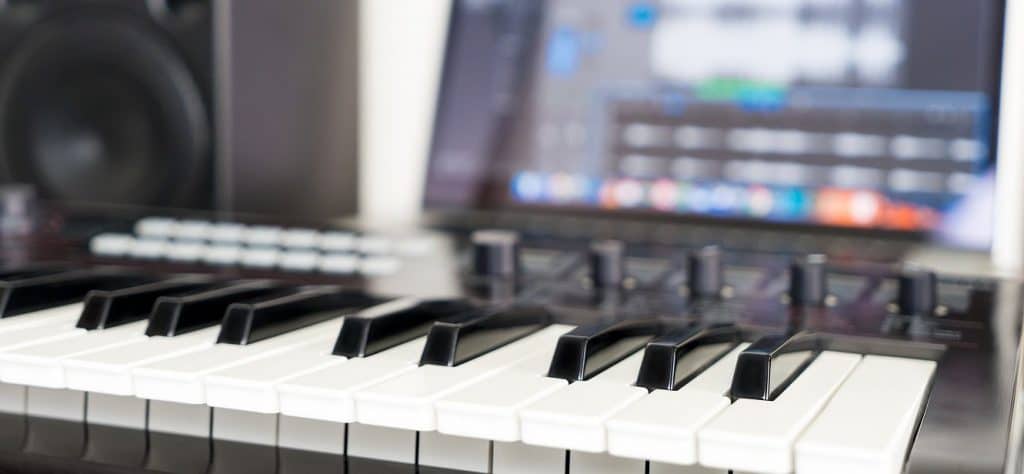
Controls
Controlling a synthesizer effortlessly is crucial for a learner. Here is how the controls usually work – apart from the keyboard, you use buttons and knobs above it to perform different adjustments, and add desired effects to your sounds. It is worth noting that some units, such as the Yamaha Reface DX, come with a multi-touch control interface to give you higher freedom in doing what you want.
The variety of effects and filters depend on the unit, but the important thing is that you can use all commands easily. First of all, the manufacturer should provide an instruction manual. But even without it, it should all be easy to understand. Each button or know will come with the specified adjustment written below or above it.
An LCD screen can help you to confirm and keep track of the actions performed. Some units might also have indicator lights to help you know which adjustments are active.
Sequencer
An integrated sequencer can be an important feature for any learner. That is because these devices allow you to put the notes in a particular arrangement and get them ready for playback. A sequencer can help you until you master keyboard abilities and using the synthesizer.
Writing a note sequence and utilizing the device’s memory allows you to focus on adding effects and performing other adjustments.
If you have a polyphony synth, you can combine playing live with the sequence you played from the device’s memory. However, this is not possible with monophonic units because they can’t play multiple notes simultaneously.
As your skills are improving, you might consider a standalone sequencer. That can be a helpful addition to your setup, but for now, stick to ensuring that you have this feature integrated with your synth. It will make the entire playing experience more manageable and help you to become comfortable playing your device quickly.
Oscillators
An oscillator is a feature that creates simple electrical waves, such as triangle, saw, sine, or square. These waves go into speakers and come out as sounds.
Analog synthesizers utilize VCOs (voltage-controlled oscillators). Their task is to process the signal and control the frequency by the applied input voltage. You might also encounter a low-frequency oscillator or LFO. That can be a convenient feature because it can deliver frequencies under 20Hz, which can be convenient to modulate VCOs and other components included in the sync.
As for digital synthesizers, they use digital oscillators and signal processing. These oscillators process the classic analog waveforms into streams of 0’s and 1’s. A high-quality digital oscillator is important for these synthesizers since its sound quality can get quite near to original analog signals. The advantage of digital oscillators is that they tend to be more durable then VCOs.
Effects and filters
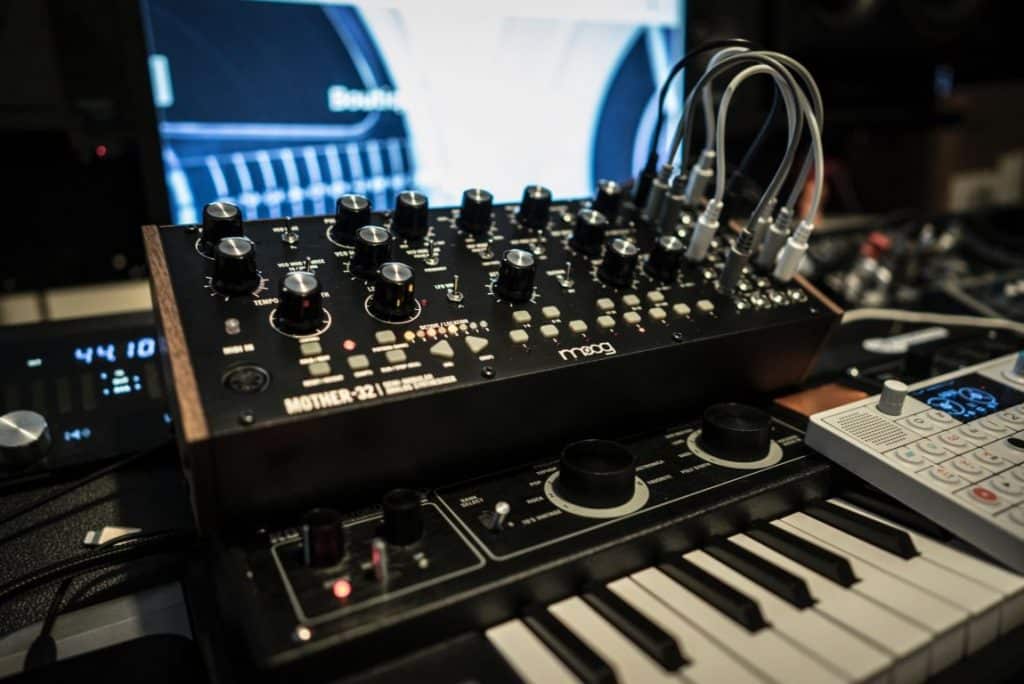 When it comes to effects, these are the most common ones in synthesizers for beginners:
When it comes to effects, these are the most common ones in synthesizers for beginners:
- Delay – it records a particular sound and plays it after a specified period.
- Reverb – reverberation is the existence of a sound after the sound is produced, which is usually caused by reflection.
- Chorus – it occurs when converging multiple sounds of similar pitches into a single sound.
Apart from the effects, you can also use filters to let only specific frequencies pass. The most common ones include low and high pass filters, which filter out low or high frequencies, and bandpasses that can eliminate frequencies in the specified range.
When creating and editing sounds, you can also use preset voices and sounds included by the manufacturer. The device can also allow you to record the sounds you created and use them later. For example, the Korg Minilogue XD offers a wide variety of sound customization options and has 500 programs with 200 presets.
Effects and filters play an important role in creating the sounds you want. These give you a choice to edit the basic waveforms in a particular way to ensure the desired outcome.
Connectivity
The majority of synthesizers offer multiple ports for connecting the instrument to other devices. Here is the list of the most common ports found in synths:
- Headphones – these can be important when you don’t want to disturb other members of your household. Additionally, headphones might assist in keeping your focus by eliminating any noise in the background.
- External speakers – although some synths come with integrated speakers, these are often of poor quality. That is why you can use jacks to connect your external speakers to enable improved sound reproduction.
- Computers – USB connectors and other ports might allow you to connect your synth to the PC or other devices. Thanks to that, you might be able to use editing software or share your sounds online.
- MIDI – allows you to connect your synthesizer to other instruments. This provides an exceptional versatility of the instruments.
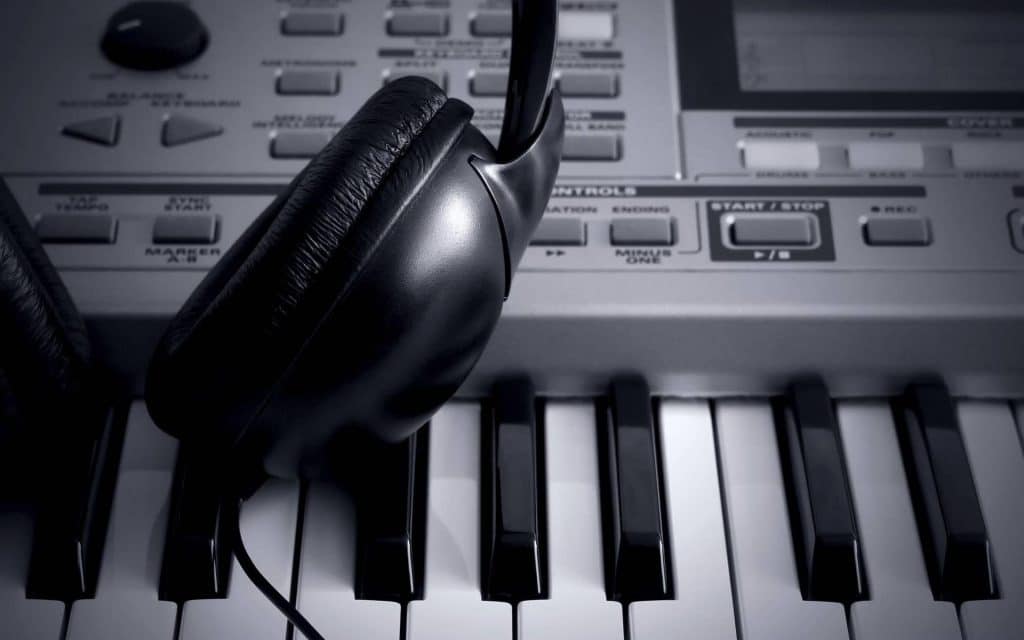 Prices
Prices
It is time to discuss the cost of synthesizers for beginners. You can get a synth for under $100, but the chances are it won’t be a serious device for playing, but one that allows you to have fun, such as the Teenage Engineering PO-20.
If you want to work on your skills of creating and editing sounds, you will need to invest from $200 to $400 in a synthesizer. The good news is that these devices should last for a long time, and a single unit might be enough to push through the newbie status. The features you receive will depend on the product. For example, the Arturia MicroBrute is a true bargain deal, but if you are looking for an analog/digital crossover, you might go with the Roland JD-Xi instead.
Those in pursuit of premium synthesizers should be ready to invest anywhere from $400 to $700. The Korg Minilogue XD stands out from the competition in that category. It offers excellent durability and provides impressive sound quality, and it is also suitable for learners.






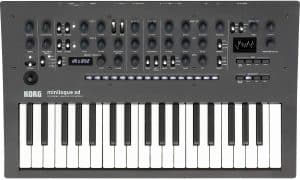
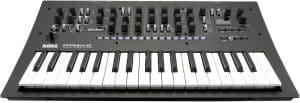
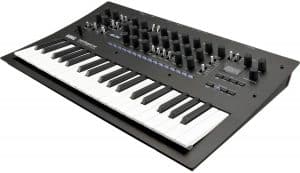
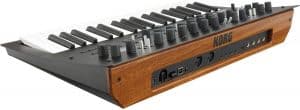

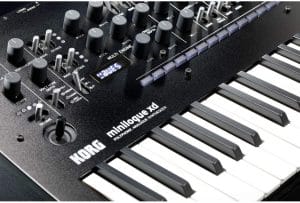
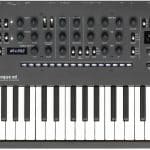
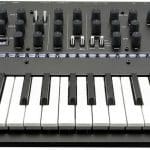
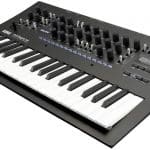
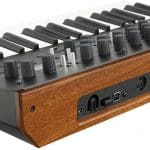
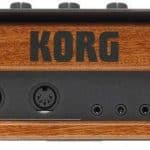
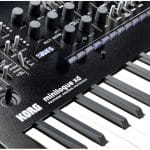
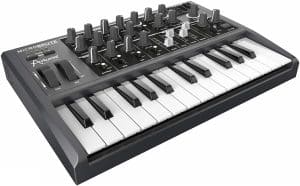


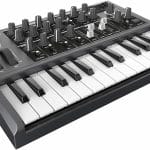
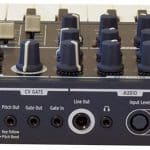
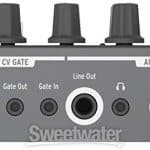
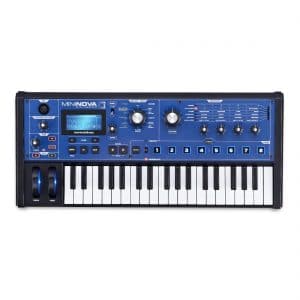
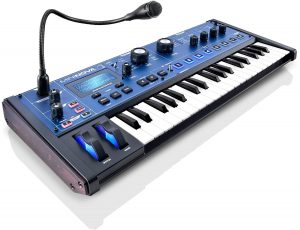
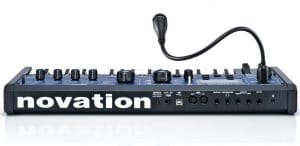
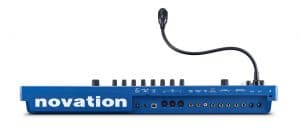
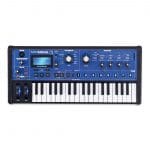
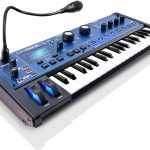
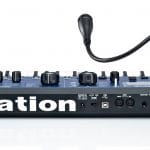
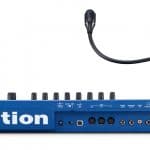
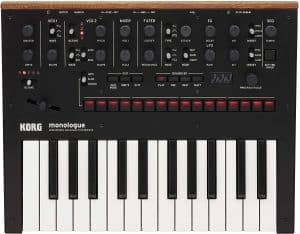
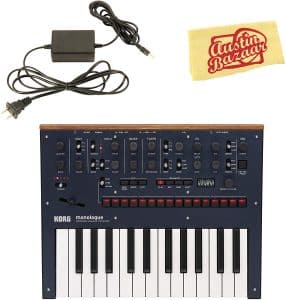
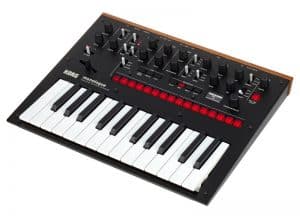
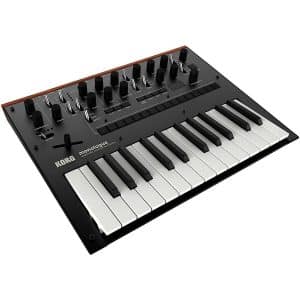
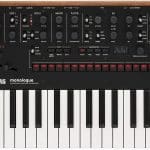
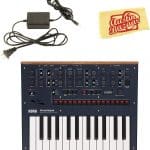
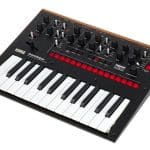
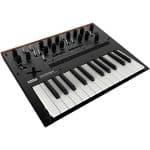
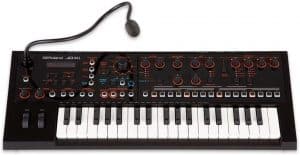
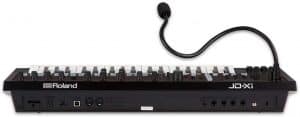
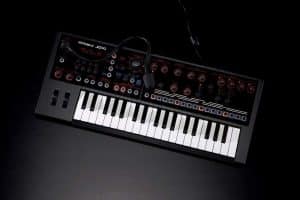
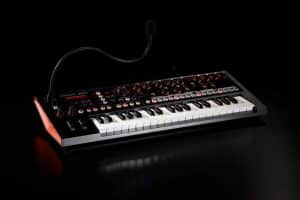
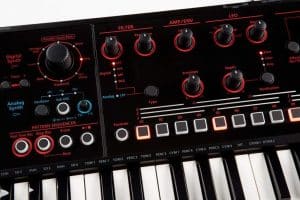
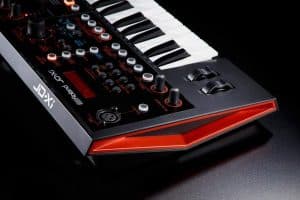
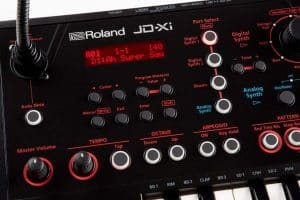
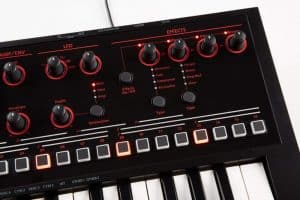
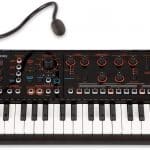
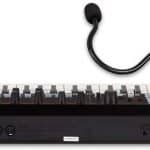
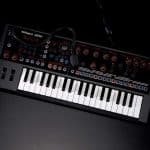
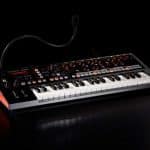
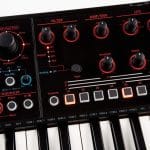
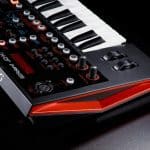
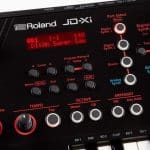
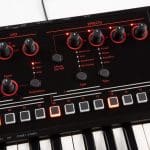


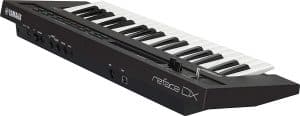
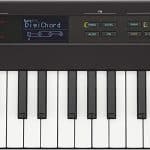
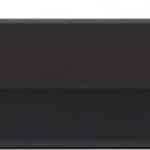
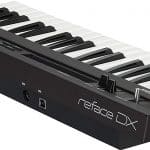
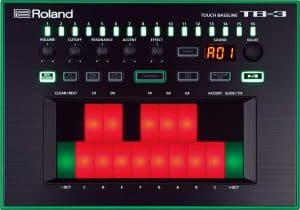
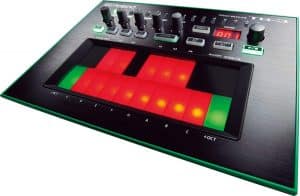
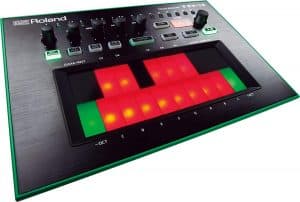

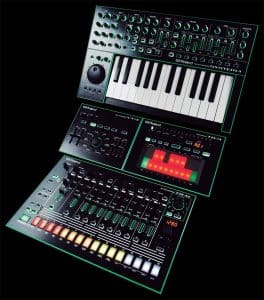
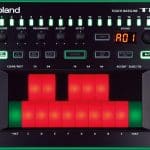
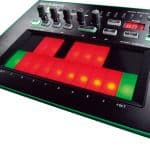
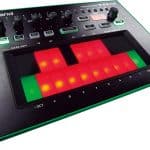
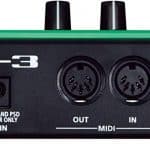
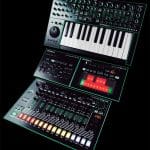
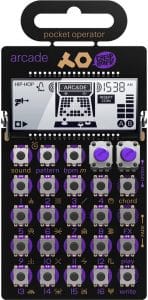
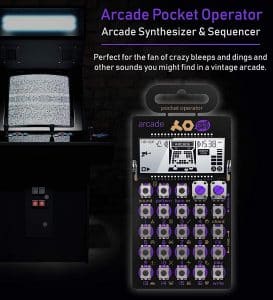
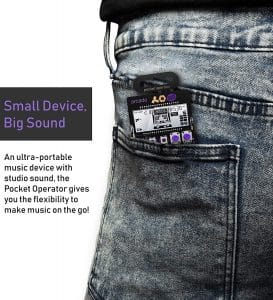
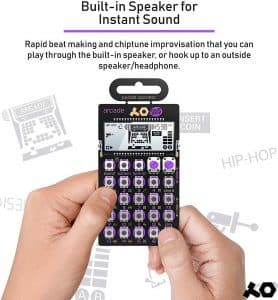
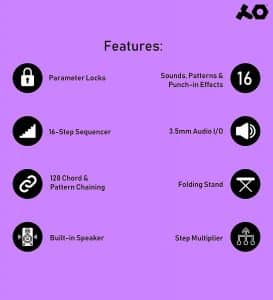
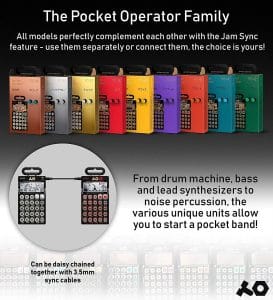
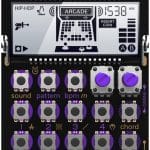
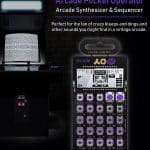
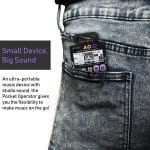
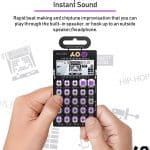
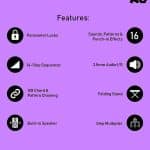
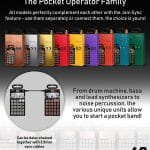
 Analog vs. digital
Analog vs. digital
 When it comes to effects, these are the most common ones in synthesizers for beginners:
When it comes to effects, these are the most common ones in synthesizers for beginners: Prices
Prices




